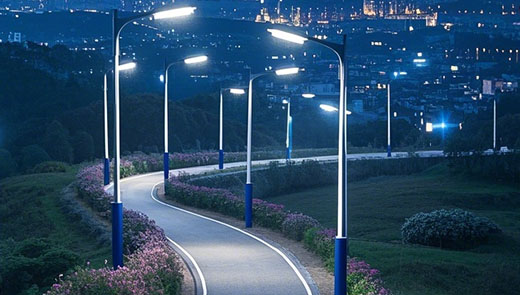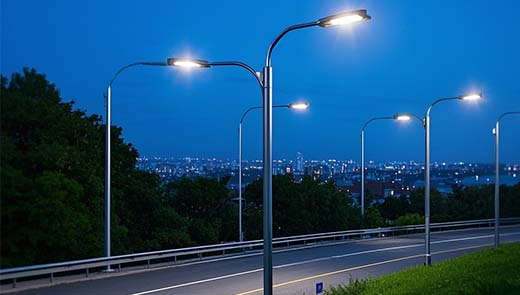Solar Street lights: Lighting the Way to Sustainability
Jan 22, 2025
As the world faces the urgent challenge of combating climate change, sustainable innovations like solar street lights are becoming essential tools for reducing environmental impact. By harnessing renewable energy, solar streetlights significantly lower carbon emissions and promote green transportation infrastructure. This article explores the environmental value of solar streetlights and their role in advancing a more sustainable future.
1. Utilizing Renewable Energy for Lighting
Solar led street lights operate by converting sunlight into electricity through photovoltaic panels. This use of renewable energy offers key environmental benefits:
-
Reduced Dependency on Fossil Fuels: Traditional streetlights rely on electricity generated by fossil fuels, contributing to greenhouse gas emissions. Solar streetlights eliminate this dependency, utilizing clean, abundant solar power.
-
Decentralized Energy Production: Solar streetlights generate power on-site, reducing the need for extensive energy infrastructure and minimizing transmission losses.
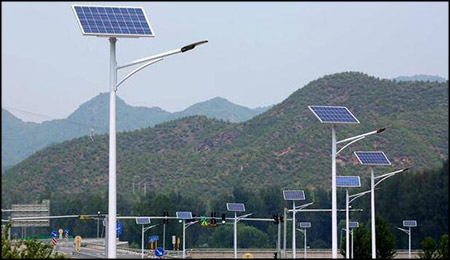
2. Lowering Carbon Emissions
By replacing conventional lighting systems with solar-powered alternatives, municipalities can significantly cut carbon emissions:
-
Direct Emission Reductions: Each solar street light prevents approximately 0.3 metric tons of CO₂ emissions annually, depending on local energy grids.
-
Cumulative Impact: Large-scale installations can collectively offset thousands of tons of carbon emissions over their lifespan.
3. Enhancing Green Transportation Networks
Solar streetlights are integral to the development of eco-friendly transportation systems:
-
Safe and Sustainable Travel: Well-lit roads encourage walking, cycling, and the use of public transport, reducing reliance on private vehicles and lowering emissions.
-
Off-Grid Flexibility: Solar streetlights can illuminate rural and remote areas, bridging infrastructure gaps without the need for extensive electrical grids.
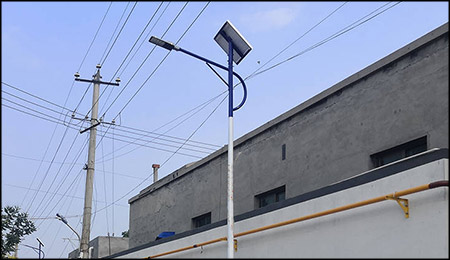
4. Reducing Energy Consumption
Traditional streetlights consume substantial amounts of electricity, but solar streetlights eliminate this demand:
-
High-Efficiency LEDs: Modern solar road lights are equipped with energy-efficient LEDs that use significantly less power than conventional bulbs.
-
Automated Features: Smart systems adjust lighting intensity based on traffic flow and time of day, optimizing energy usage.
5. Supporting a Circular Economy
Solar streetlights contribute to a more sustainable lifecycle of resources:
-
Recyclable Components: Materials such as aluminum, glass, and lithium batteries can be recycled, reducing environmental waste.
-
Long Lifespan: Durable designs minimize the need for frequent replacements, conserving resources.
6. Case Studies: Solar Streetlights in Action
-
India’s Rural Villages: Thousands of solar outdoor lights illuminate rural roads, reducing carbon emissions while enhancing safety.
-
Sweden’s Smart Cities: Solar-powered lights with IoT integration adjust brightness based on weather and traffic, saving energy and lowering costs.
-
Kenya’s Sustainable Development: Solar lighting in off-grid areas supports education and economic activity while cutting emissions.
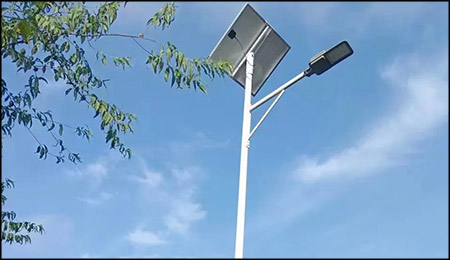
7. Overcoming Challenges for Broader Adoption
While solar street lights offer numerous benefits, challenges remain:
-
Initial Costs: Upfront investments can be high, though long-term savings offset this expense.
-
Battery Recycling: Proper disposal and recycling of lithium-ion batteries are necessary to maintain environmental benefits.
-
Maintenance in Extreme Climates: Ensuring durability in harsh weather conditions is vital for long-term performance.
8. The Future of Solar Streetlights
As technology advances, solar street lights are becoming more efficient and affordable:
-
IoT Integration: Smart features enable remote monitoring and real-time energy management.
-
Innovative Designs: Compact and aesthetically pleasing models make solar streetlights suitable for urban and rural environments alike.
-
Global Adoption: With increasing awareness of climate change, more nations are investing in solar lighting as a cornerstone of sustainable infrastructure.
Solar street lights are more than just lighting solutions—they are environmental champions that leverage renewable energy to reduce carbon emissions and promote green transportation. By integrating these systems into urban and rural planning, governments and organizations can take significant steps toward a cleaner, more sustainable future.

